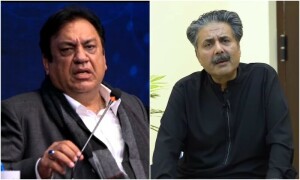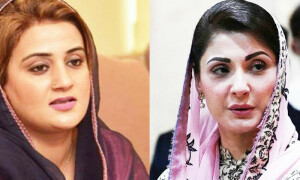One may expect the easing of interest rates in 2020. But one is not sure whether the State Bank of Pakistan (SBP) will go for it in the monetary policy review due this month.
The industrial slowdown indicates that demand has contracted considerably. The output of large-scale manufacturing (LSM) receded by 6.5 per cent year-on-year in July-October. Consumer financing in a full year to November totaled less than Rs40 billion against Rs81bn in calendar year 2018.
Leaving interest rates where they are can lead to a further contraction in demand. That is not desirable. But how soon double-digit inflation comes down to a level where the central bank feels it is safe to lower interest rates cannot be predicted at a time when energy prices continue to rise. Average headline inflation in July-November was recorded at 10.8pc, up from 10.3pc in July-October and 10.1pc in July-September.
Will the SBP go for a rate cut without first verifying evidence of a declining trend in inflation at a time when the country is under an IMF lending programme?
The energy price hike cannot be halted immediately as it is a result of the International Monetary Fund (IMF)-demanded gradual withdrawal of subsidies and a reflection of the rupee devaluation in the recent past. The rupee experienced 31.7pc depreciation against the dollar in 2018-19 before regaining some of the lost value in the first half of 2019-20.
Political heat is rising in cold winter as the opposition parties continue to protest about the “selective accountability at the hands of a selected government”. Prime Minister Imran Khan has said repeatedly he will not spare the “plunderers of the national wealth”. The armed forces’ “anger and frustration” over an accountability court judgment against Gen Musharraf and “aggressive posturing” of a pro-active superior judiciary also continue to unnerve the business class.
Keeping the interest rates high and witnessing the industrial slowdown in silence are not an option for our powerful establishment and the PTI government. They would like to see interest rates coming down at the earliest. But can a supposedly independent central bank go for it without first collecting and verifying evidence of a declining trend in inflation — and that, too, at a time when the country is under an IMF lending programme? Your guess is as good as mine.
A persistently tight monetary policy pushed banking spreads to 622 basis points in November 2019 from 450 basis points a year ago and helped banks make higher interest income. Such a high spread is undesirable. So the time for monetary easing has come.
Published in Dawn, The Business and Finance Weekly, January 6th, 2020














































